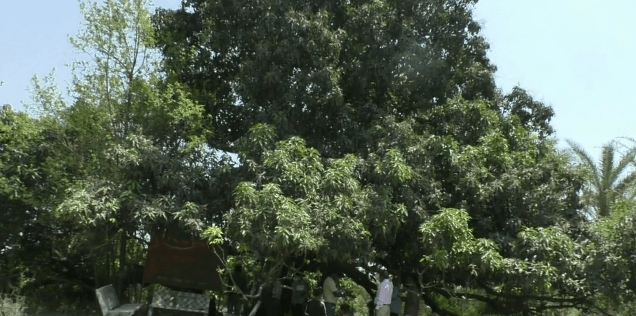Mango lovers all around the country wait impatiently for the mango to sweeten their tongues as summer approaches, but in Gujarat, Sanjan hamlet in Umargam taluka of Valsad district holds a special place in the state’s past. Because this tree, which is thought to be over a thousand years old, continues to “walk” every year.
Article by Bharatsinh Vadher | News 18
No wonder this walking mango tree, which is listed as one of Gujarat’s 50 Heritage Trees, draws travellers from all over the country and has developed into a living legend.
The famous mango tree has reportedly travelled about 200 metres from its original location over the past two centuries, and it is still on the “move.” The people who live there claim that this tree holds a special place in their hearts and has distinctive qualities.
Villagers say that the branches grow parallel to the ground from the main stem. They further added that the branch keeps on growing parallel to the ground from the new stem and new roots appear in the same pattern.
The tree may have been planted in this location in Sanjan village 1300 years ago by early Parsi settlers, claim the locals.
According to sources, the seaside settlement of Sanjan is thought to have been established by Zoroastrian immigrants who had applied for asylum in Gujarat in 936. According to historians, the Parsis may have called the hamlet after the city of their origin, Sanjan in Greater Khorasan.

